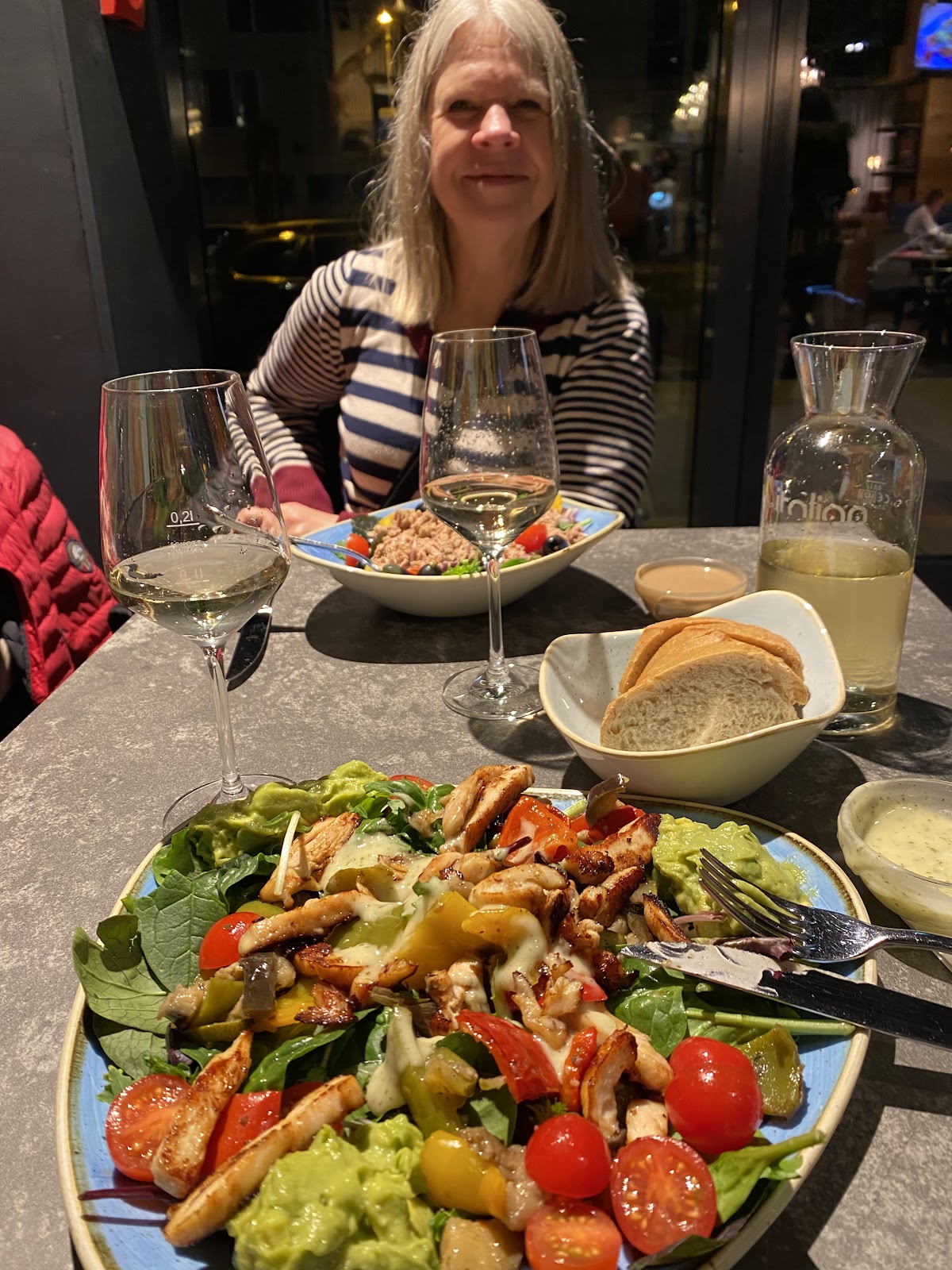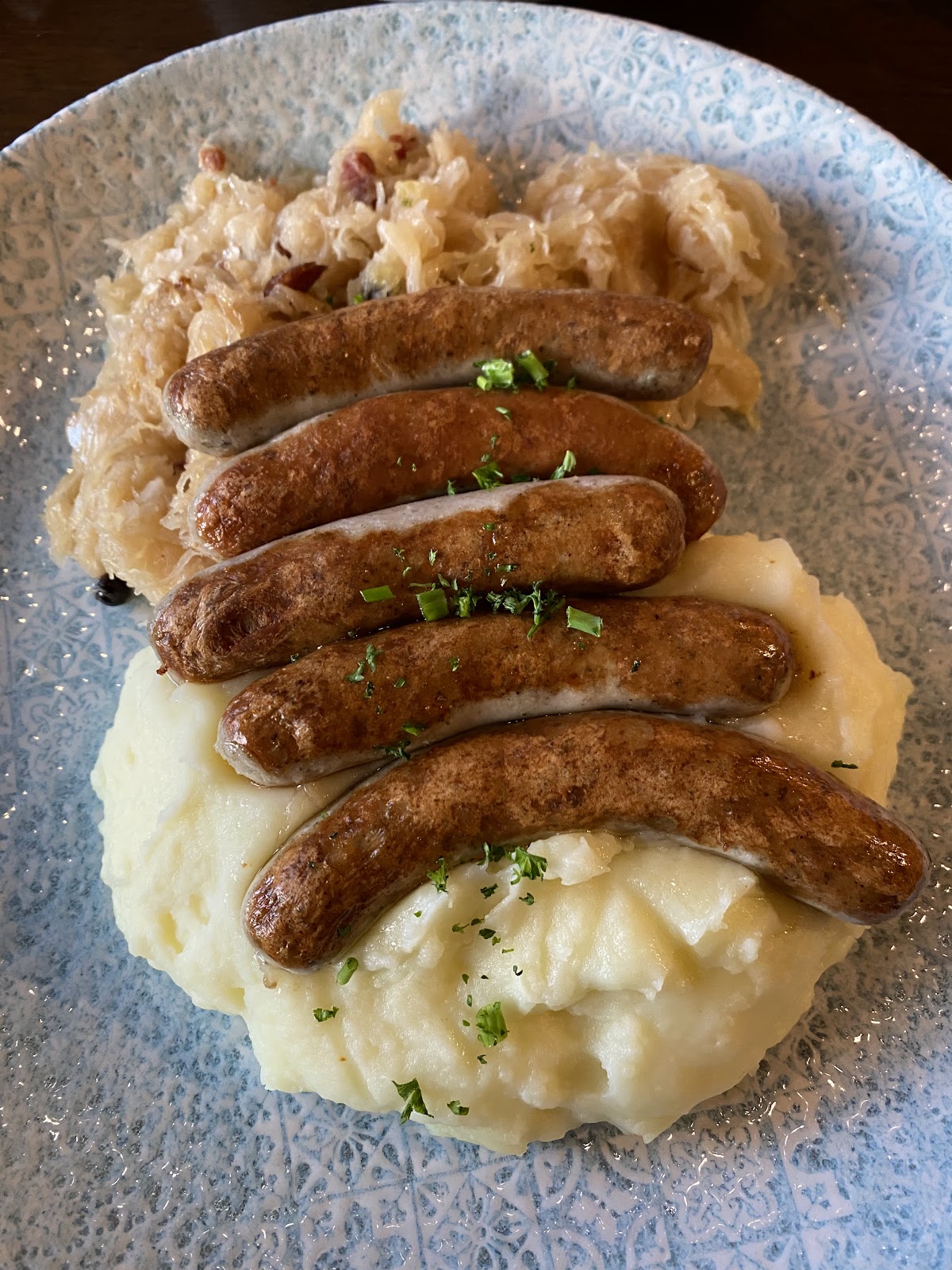From German Girls Genealogy (Teresa Steinkamp McMillin & Debra A. Hoffman):
When researching in a specific area in Germany, it is important to connect with local researchers. They often have unique tools they use when deciphering old records from their area. As American researchers, we might not be aware of them.
We were recently visiting the area of Ellenfeld, Bärnau in the district Tirschenreuth in Bavaria. It is a small town just on the border of the Czech Republic. Our friend has ancestry here. She arranged for us to meet a researcher who helped her in the past.
This researcher was very kind and invited us into her home. We were talking all about the area and its history. She mentioned a book by someone named Riepl. Our ears perked up because this was new information to us. It was a dictionary of historical terms specific to Bavaria and Austria.
When researching older documents, you inevitably find archaic words not in a modern German dictionary. We are accustomed to using resources such as German-English Genealogical Dictionary by Ernest Thode or Grimm’s Wörterbuch. There are other general ones. These are not specific to one region in Germany. They can contain region-specific words, but not an exhaustive list. Other tools become necessary. A regional dictionary has a much better chance of helping.
We now own this book! Always on the hunt for these types of regional tools, our library is expanding. You can never have too many books!
Reinhard Riepl, Wörterbuch zur Familien- und Heimatsforschung in Bayern und Österreich (Oberbergkirchen, Germany: Druckerei Lanzinger, 2003).













